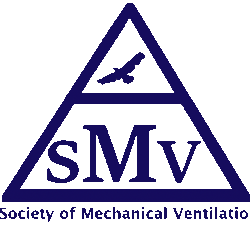The Society of Mechanical Ventilation is honored to present those clinicians’ with the Society’s
“Masters of Ventilation Award”
based on their career achievements and leadership in the field of Mechanical Ventilation
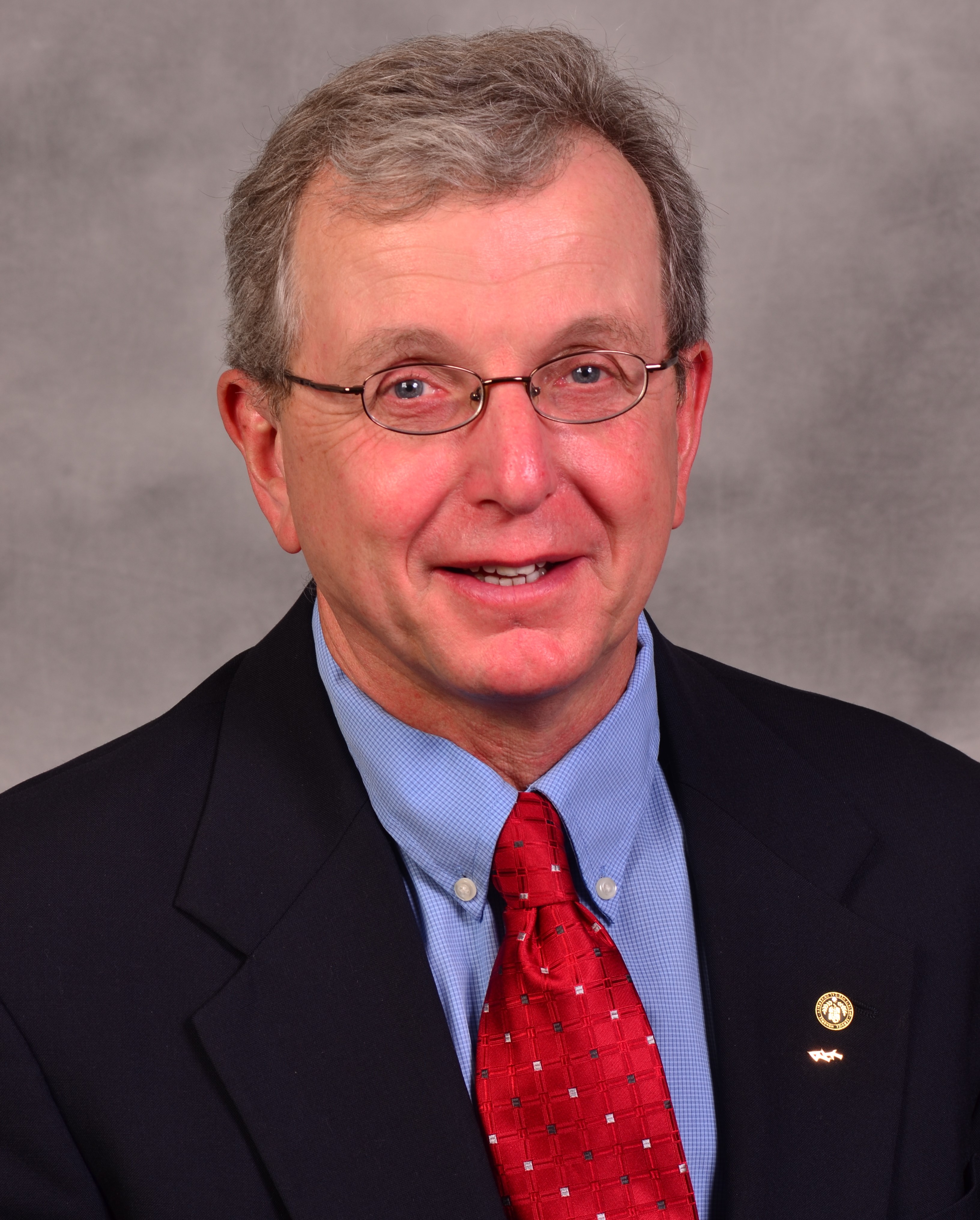
Professor Gary Nieman
Professor Gary Nieman is a distinguished figure in the realm of medical science, renowned for his groundbreaking contributions to the field of acute respiratory distress syndrome (ARDS) and ventilator-induced lung injury (VILI) research and his dedication to advancing critical care medicine. With a career spanning five decades, his work has not only significantly enhanced our understanding of ARDS and VILI but has also paved the way for novel therapeutic approaches. These treatments include the use of a modified tetracycline (CMT-3) to treat ARDS and the Time Controlled Adaptive Ventilation (TCAV) method to set and adjust the airway pressure release ventilation (APRV) mode to minimize VILI. He has over 170 peer-reviewed publications, 5 patents, and has been continually grant-funded for almost three decades. As a respected educator and researcher, Professor Nieman’s influence extends far beyond the confines of the laboratory, leaving an indelible mark on the landscape of modern medicine.
Professor Nieman’s seminal research endeavors have revolutionized our understanding of ARDS pathophysiology. Through meticulous experimentation and innovative methodologies, he uncovered key insights into the mechanism of VILI using an in vivo microscopic technique that he developed to view subpleural alveoli during mechanical ventilation. Using this technology, he demonstrated the importance of maintaining optimal alveolar stability by applying positive end-expiratory pressure (PEEP) or using a very brief expiratory time.
More recently, Professor Nieman studied using inspiratory and expiratory time first to stabilize and then gradually reopen the ARDS lung. This is a paradigm shift from the current strategy of first opening and then stabilizing the lung. Using the TCAV method, the very brief expiratory time that is personalized to the patient’s lung pathophysiology almost immediately stabilizes the lung. This prevents the lung from slipping into what is known as the VILI Vortex. The extended inspiratory time will then recruit a small lung volume with each breath, and the very short expiratory time will act as a ‘brake’ to prevent re-collapse. This inflate and brake ‘ratchet’ mechanism gradually recruits the lung progressively over hours or days.
In addition to his research endeavors, Professor Nieman is deeply committed to nurturing the next generation of medical professionals. As a respected educator, he has mentored countless students and trainees, instilling in them a passion for scientific inquiry and a dedication to compassionate patient care.
Professor Gary Nieman’s contributions to the field of critical care medicine and mechanical ventilation are nothing short of transformative. His pioneering research has not only advanced our scientific understanding of ARDS and VILI but has also translated into tangible clinical benefits, offering alternative protective ventilation methods (TCAV) that may change the way that medicine is practiced. As a visionary leader, he continues to inspire and empower others to pursue excellence in medical science and patient care.
In summary, Professor Gary Nieman’s illustrious career is a testament to the power of relentless pursuit of knowledge and unwavering dedication to the betterment of humanity. His pioneering research, coupled with his passion for education, has left an indelible mark on the landscape of modern medicine. As we look towards the future, Professor Nieman’s legacy serves as a beacon of hope, guiding us towards new frontiers in critical care medicine and inspiring generations of healthcare professionals to make a meaningful difference in the lives of others.
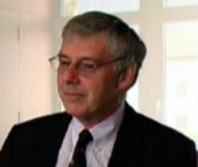
Keith G Hickling MD
Doctor Hickling is professor of intensive care at the Gold Coast university hospital. Queensland, Australia.
With over four decades of research and contribution in the field of mechanical ventilation especially ARDS, ventilator induced lung injury, and extra corporeal CO2 removal, Dr. Hickling’s work is invaluable to our current understanding and application of mechanical ventilation.
While recognized as a master of ventilation, Dr. Hickling’s’ interest extended to other areas of the care the critically ill . He provided advice and leadership to the NZ working party of the Brain death and organ donation. He contributed greatly to the understanding and acceptance of the need for research in the critically ill patients unable to provide individual informed consent in NZ, and was a pioneer the aminoglycoside dosing in the critically ill.
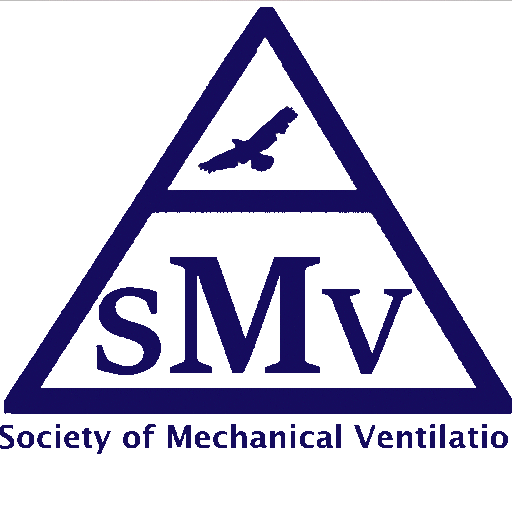
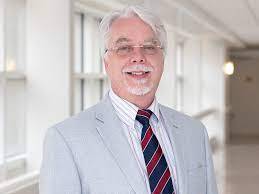
Robert L. Chatburn, MHHS, RRT-NPS, FAARC
Rob is Professor of Medicine at Lerner College of Medicine of Case Western Reserve University. He is also Enterprise Program Manager – Respiratory Care Research. He is the author of more than 150 peer reviewed scientific papers and >250 abstracts; author, editor or co-editor of 16 textbooks, journal volumes and 52 textbook chapters. As an inventor, he holds two US patents for mechanical ventilation and is well known for his landmark work creating the “Taxonomy of Mechanical Ventilation”
Professor Chatburn has dedicated his professional career to education of innumerous clinicians and researchers. With this award we recognize his contributions to the Society of Mechanical Ventilation with his mechanical ventilation book, lectures, SIVA simulator

Jordi Mancebo MD PhD
Doctor Mancebo’s contributions to improving the application of assisted ventilation has moved medical practice forward, assisted Industry in researching and developing ventilation tools that could remedy patients suffering from ventilatory insufficiencies
Clearly his impact on the application of mechanical ventilation, the tools provided to his fellow practitioners to safely and effectively apply this life saving support is known to all.
Doctor Mancebo is, known to many as, a remarkable physician, an accomplished professor, an inquiring peer reviewer, a forward thinking society leader, an ever-present educator, a serious researcher and developer. These traits the Society knows well. But the traits we are humbled by are Jordi Mancebo’s never say “No,” to those who asked him for his time, his help, and his guidance. From industry to medical practice, Jordi is revered for his insight, approachable nature, and always kind demeanor
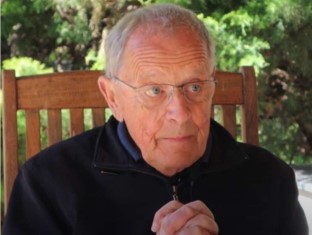
Professor Björn Jonson MD
Dr Björn Jonson is a physiologist, physician and currently a Professor Emeritus at Lund University in Sweden. He has spent the last sixty years of his life dedicated to research and inventions in the fields of respiratory failure and mechanical ventilation
With several devices invented, more than fifteen patents, more than 200 published articles and concepts
Dr. Jonson’s work has changed and revolutionized the way we understand the science of respiratory failure, and the way we practice and monitor mechanical ventilation today. More importantly, are the countless lives of patients saved all over the world because of his contribution
https://www.journalmechanicalventilation.com/pioneers-in-mechanical-ventilation-bjorn-jonson/
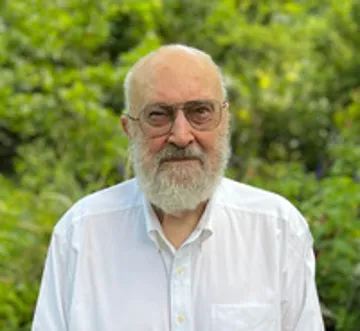
David Desautels RRT
In Memoriam: David Desautels (August 17, 1936 – February 24, 2024). David became an inhalation therapist through the American Registry of Inhalation Therapists (ARIT) the parent organization of the National Board for Respiratory Care (NBRC). Of over 500,000 respiratory therapists who have become registered over the years in the USA, David Desautels is registry #63.
David was a Navy Corpsman who served with a Marine Recon unit in Vietnam. He is the author of dozens of research papers, book chapters. Also a textbook, “Mechanical Ventilation” with Robert Kirby and Robert Smith. David was the respiratory therapist who first made and used a valve to provide intermittent mechanical ventilation (IMV). He is the co-author of first journal article on IMV. He was instrumental in the development of the BabyBird ventilator which saved thousands of babies from respiratory distress syndrome. His technical expertise in mechanical ventilation was accessed by ventilator manufacturers world-wide.
Inquisitive and intuitive about the nature of underwater breathing apparatuses, David was an early adopter of scuba equipment and became an avid cave diver and founding member of the National Association of Cave Diving. He pioneered many of the safety standards currently used in cave diving.
He was the Director of Respiratory Care at Shands Teaching Hospital at the University of Florida for 33 years. He also managed the hyperbaric facility for NASA located at that hospital. David spent five years as Director of Hyperbaric Medicine at St. Joseph’s in Tampa, Florida before retiring.
David Desautels was a brilliant, humble man who viewed his greatest accomplishment in life
